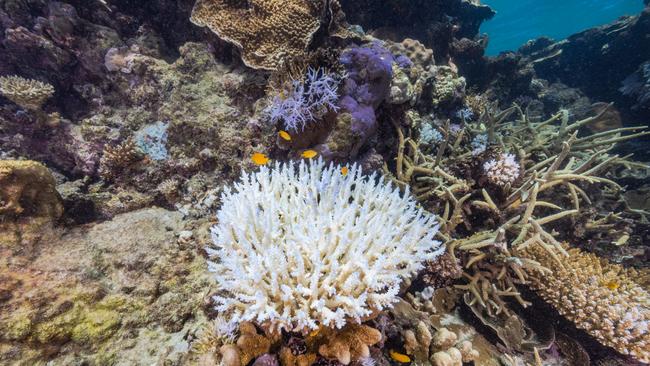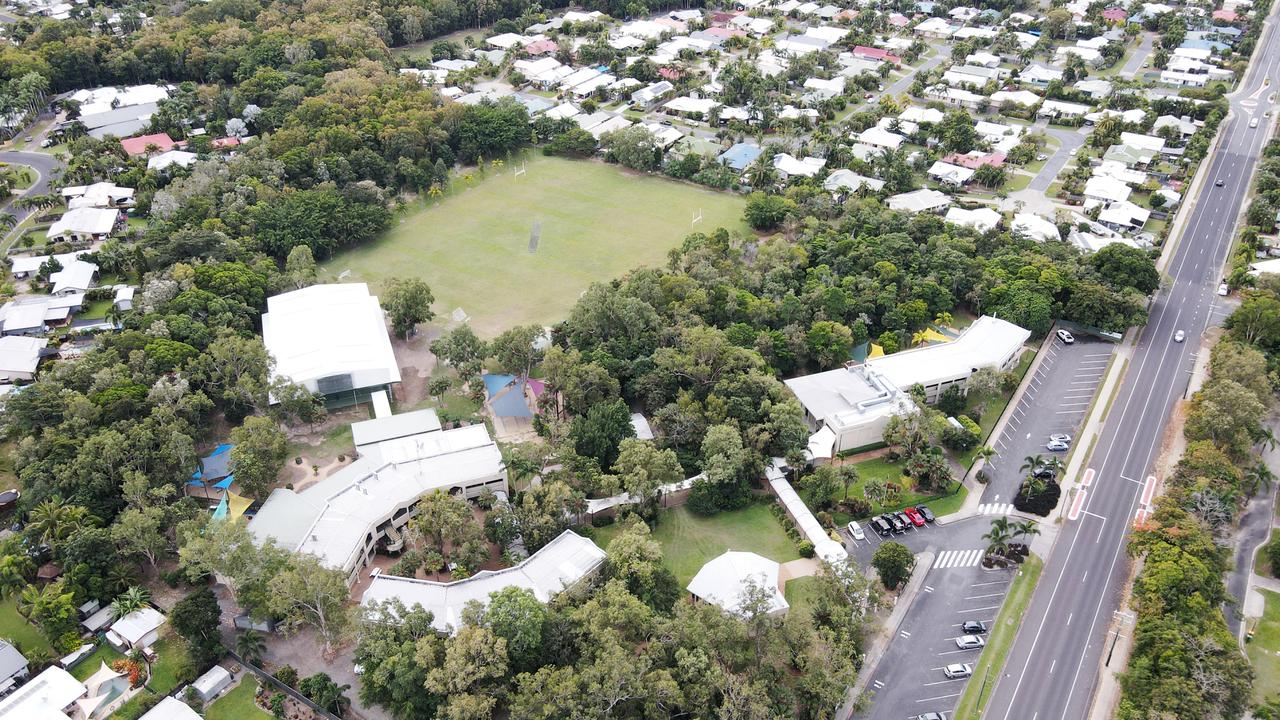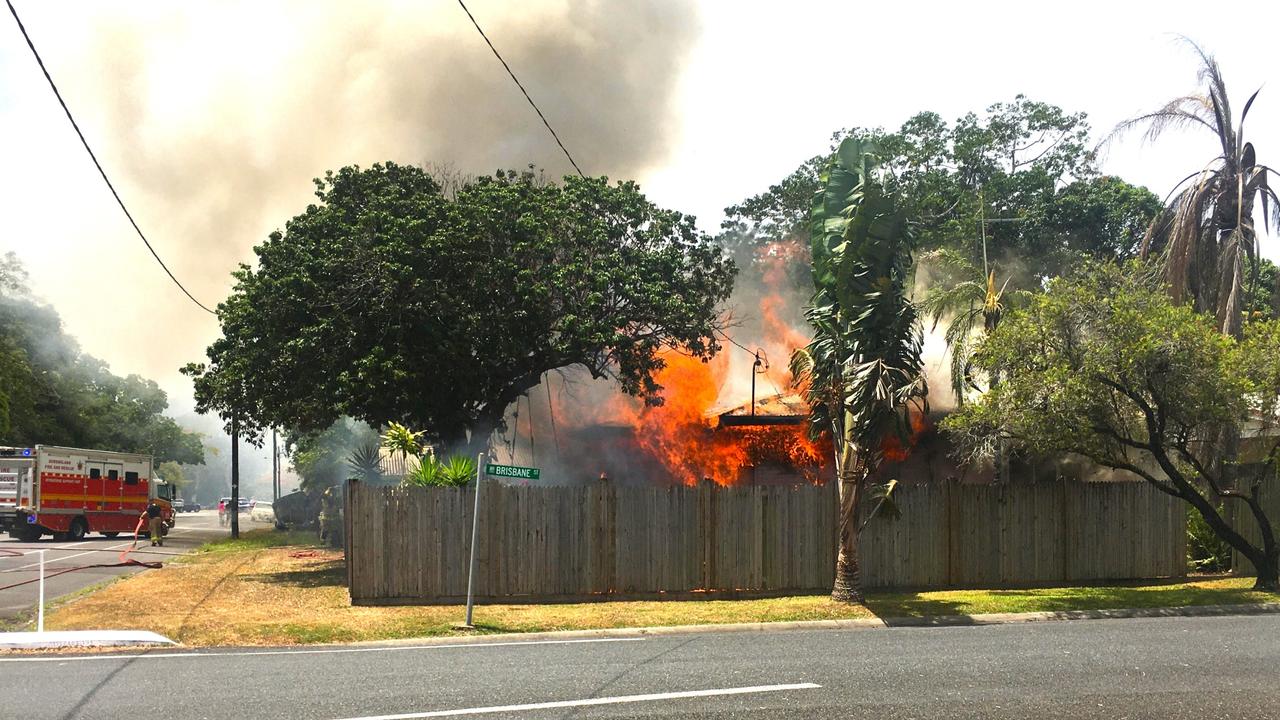‘Coral can recover’: Encouraging results despite mass coral bleaching
New aerial surveys have shown the true extent of one of the Great Barrier Reef’s worst mass coral bleaching events on record, while confirming some sections of the natural wonder have escaped unscathed.

Cairns
Don't miss out on the headlines from Cairns. Followed categories will be added to My News.
New aerial surveys have shown the true extent of one of the Great Barrier Reef’s worst mass coral bleaching events on record, while confirming some sections of the natural wonder have escaped unscathed.
Great Barrier Reef Marine Park Authority chief scientist Dr Mark Reid confirmed results from urgent aerial surveys on the reef - commissioned after last month’s discovery of “prevalent shallow water coral bleaching” - showed 75 per cent of the sampled area showed some form of coral bleaching.
“To put it into context, the Great Barrier Reef Marine Park contains upwards of 3000 coral reefs, stretching 2300kms,” he said.
“We surveyed over 1000 reefs including the Torres Strait. Based on the area sample, at least 75% of those have had some form of bleaching being recorded.”

According to recently released data from the authority, results showed a quarter of individual reefs surveyed along the outer shelf north of Port Douglas and north of Lockhart River recorded no to low levels of bleaching.
However many of the inshore reefs in the central region of the Marine Park recorded “very high” levels of bleaching.
Several mid-shelf reefs from Innisfail to Cape Melville, including the Lizard Island region, were also affected by very high and extreme levels of bleaching.
Dr Reid said only 75 per cent of the reef the authority survey sample had recorded bleaching, not 75 per cent of the entire reef.
“We have not surveyed all the reefs. However we agree this is a significant mass bleaching event,” he said.
“We have been observing corals across all three regions of the GBR marine park. (Bleaching) has been consistent with the pattern of heat exposure over the high risk summer period,” he said.

“However bleached coral, does not equal dead coral. Bleached coral can recover.”
Owner of charter operator Big Fish Down Under Dan McCarthy said the state of the Great Barrier Reef was excellent along the Far North coast.
“Some of the reef is showing very minor signs of flouresence, but very minor stuff,” he said.
“The reef’s in excellent condition. Waters have been a bit cooler than usual due to more rain over the ocean than over land, so that’s good to hear.”
The Reef supports about 64,000 jobs and is worth $6b to the state’s economy.
Australian Marine Conservation Society Great Barrier Reef campaign manager Dr Lissa Schindler said it was alarming how extensive and severe the current coral bleaching event was.
“This is the fifth mass bleaching in just eight years,” Dr Schindler said.
“Three-quarters of the Great Barrier Reef has been bleached, with 60% of reefs surveyed showing high to extreme levels of bleaching,” Dr Schindler said.
“All the reefs in the southern section are showing high to extreme bleaching, from inshore reefs close to the coast to offshore reefs way out to sea. This is a severe bleaching event, probably the worst we have seen since 2016.”
More Coverage
Originally published as ‘Coral can recover’: Encouraging results despite mass coral bleaching




